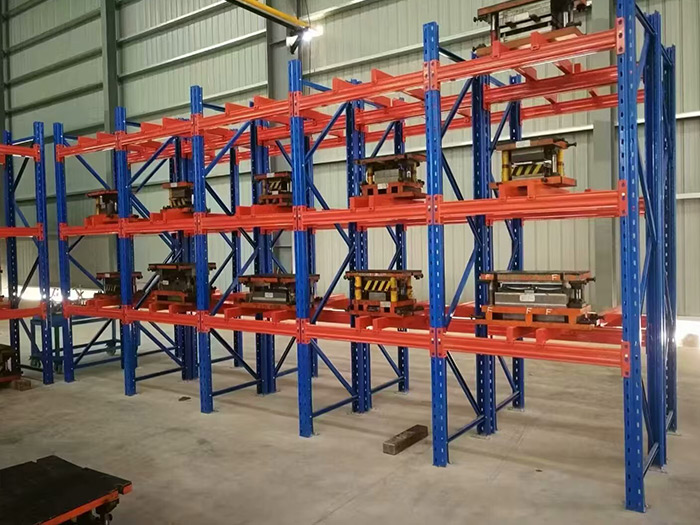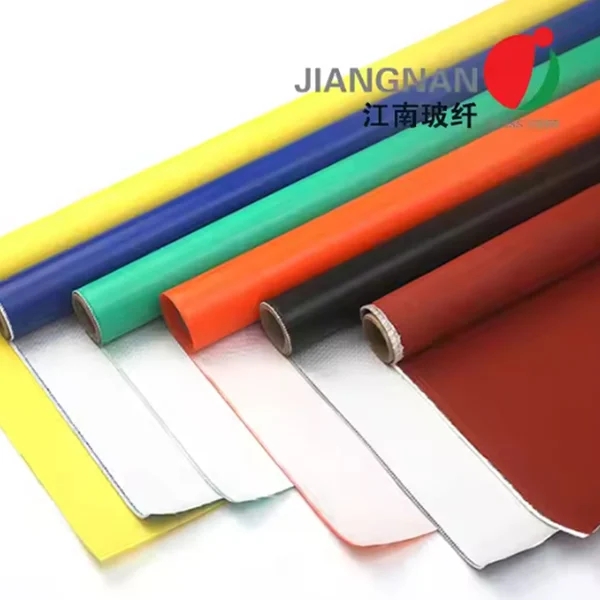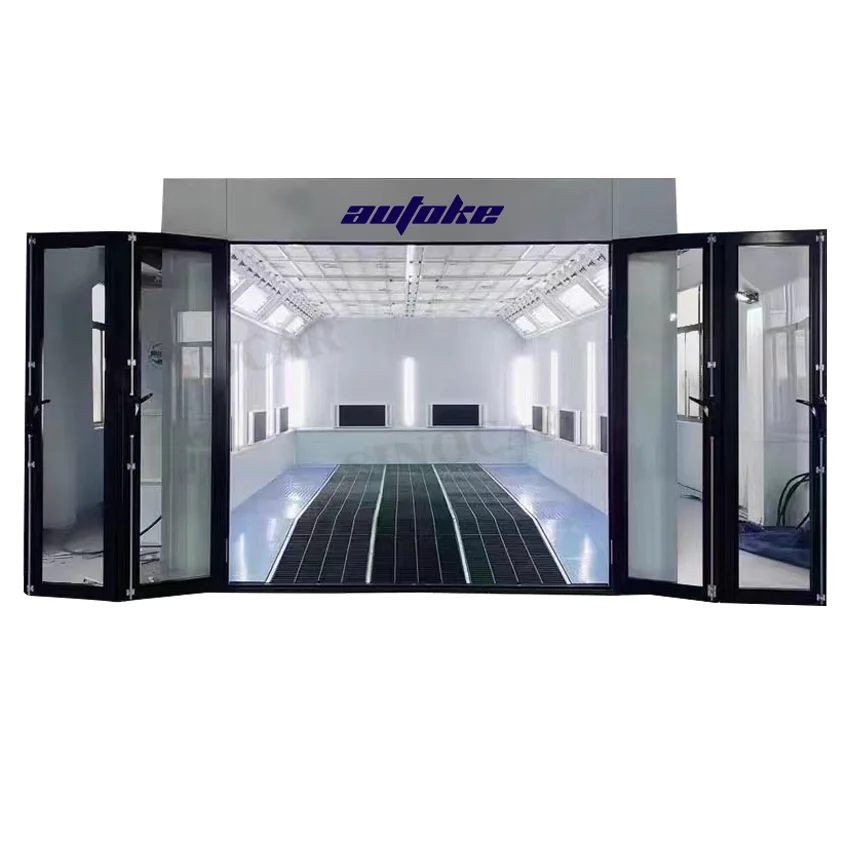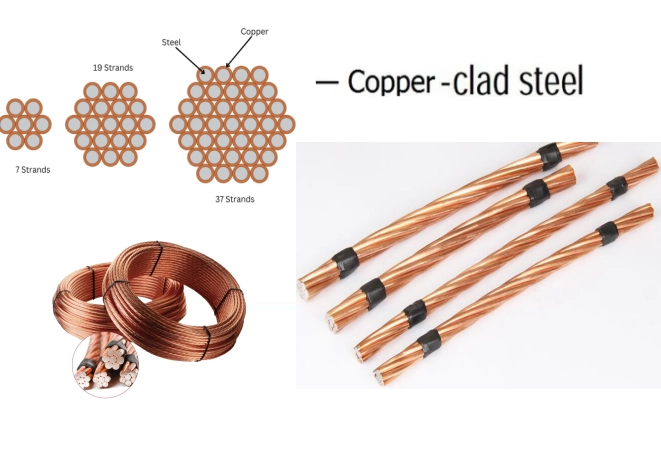When it comes to interior design and construction, ceiling tiles play a crucial role in both aesthetics and functionality. However, ensuring that these tiles remain securely in place can be a challenge, especially in environments subject to vibrations, temperature fluctuations, or moisture. In this article, we will explore various methods and best practices for keeping ceiling tiles securely in place, ensuring both safety and longevity.
Understanding Ceiling Tile Types and Their Installation
Before diving into the strategies for securing ceiling tiles, it’s essential to understand the different types of ceiling tiles available on the market. Common materials include mineral fiber, fiberglass, and PVC, each with unique properties that affect their installation and maintenance.
- Mineral Fiber Tiles: These are lightweight and commonly used in commercial spaces. They are susceptible to sagging if not properly supported.
- Fiberglass Tiles: Known for their acoustic properties, fiberglass tiles are also lightweight but can be more prone to damage if not installed correctly.
- PVC Tiles: These tiles are durable and moisture-resistant, making them ideal for areas with high humidity, such as bathrooms and kitchens.
Installation Techniques for Stability
Proper installation is the foundation for keeping ceiling tiles in place. Here are some advanced techniques to ensure stability:
- Grid System Installation: A suspended grid system is the most common method for installing ceiling tiles. Ensure that the grid is level and securely anchored to the ceiling joists. Use a laser level for precision, as even minor misalignments can lead to sagging tiles.
- Tile Adhesives: For certain types of tiles, especially in residential settings, using a high-quality adhesive can provide additional support. Ensure that the adhesive is compatible with the tile material and follow the manufacturer’s instructions for application.
- Edge Support: Installing tiles with proper edge support is crucial. Use T-bars or L-angle brackets to provide additional support along the edges of the tiles, preventing them from shifting or sagging over time.
Environmental Considerations
Environmental factors can significantly impact the stability of ceiling tiles. Here are some considerations to keep in mind:
- Humidity Control: High humidity can cause tiles to warp or sag. Installing a dehumidifier in areas prone to moisture can help maintain optimal conditions. Additionally, consider using moisture-resistant tiles in such environments.
- Temperature Fluctuations: Rapid changes in temperature can cause materials to expand and contract, leading to potential misalignment. Insulating the ceiling space can help mitigate these effects.
- Vibration and Movement: In commercial settings, vibrations from machinery or foot traffic can dislodge ceiling tiles. Reinforcing the grid system and using heavier tiles can help counteract these forces.
Regular Maintenance and Inspection
Even with the best installation practices, regular maintenance is key to ensuring that ceiling tiles remain in place. Here are some maintenance tips:
- Routine Inspections: Schedule regular inspections to check for any signs of sagging, warping, or damage. Early detection can prevent more significant issues down the line.
- Cleaning: Dust and debris can accumulate on ceiling tiles, leading to discoloration and potential weight issues. Use a soft brush or vacuum with a brush attachment to clean tiles gently.
- Replacement: If tiles show signs of significant wear or damage, consider replacing them promptly. This not only maintains the aesthetic appeal of the space but also ensures safety.
Conclusion
Keeping ceiling tiles in place requires a combination of proper installation techniques, environmental considerations, and regular maintenance. By understanding the different types of tiles and employing advanced strategies for securing them, you can create a stable and visually appealing ceiling that enhances your space. Whether you’re a homeowner or a facility manager, implementing these practices will ensure that your ceiling tiles remain securely in place for years to come.






